How to make Computer work faster?
Want to Optimize Your Computer's Performance?
There’s nothing more frustrating than a slow computer. Before you start shopping for a new device, there are many simple solutions you can try to fix a slow computer and help it run as efficiently as possible. From easy tips to more impactful solutions, here are ways to speed up your computer for both Mac and Windows devices.
1. Restart Your Computer Regularly
Restarting your computer can help free up memory and close unnecessary applications running in the background. Make sure to restart your computer at least once a week to ensure programs refresh and updates are correctly installed. This not only helps the computer run more smoothly but also minimizes the risk of system errors caused by extended working sessions.
2. Close Unused Tabs and Programs
Web browsers with multiple open tabs can consume a large amount of RAM resources, slowing down the entire system. If you have many tabs open, close the unnecessary ones and restart the browser. Additionally, you can use options like "Close other tabs" or "Close tabs to the right" to quickly shut down unused tabs.
3. Clear Browsing History Regularly
Browsing history, cookies, and cached files can slow down your browser. Regularly clearing your browsing history will help free up space and improve browsing speed. Popular browsers have options to clear history and browser data; you can customize settings to auto-delete when closing the browser or install extensions to schedule periodic deletion.
4. Organize Desktop Icons
A cluttered desktop with many icons can reduce performance because the computer has to load each icon at startup. To solve this issue, group icons into separate folders to reduce the load on RAM. This not only makes the desktop neater but also improves startup and system response speed.
5. Change Power Settings to Increase Performance
A slow computer can sometimes be due to power settings set to battery-saving or low-performance mode. Change the power settings to high-performance mode to optimize the computer's performance, especially when using resource-demanding applications.
Mac: For laptop users, go to System Preferences > Battery and turn on Low Power Mode if you need to save battery. For desktops, go to System Preferences > Energy Saver and adjust settings to prevent the computer from going to sleep.
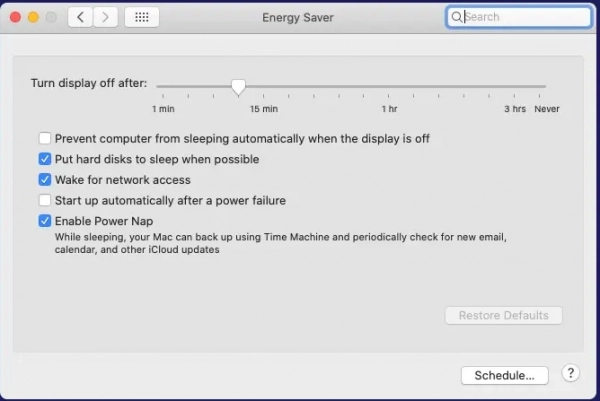
Windows: Go to Settings > System > Power & Battery and choose High Performance mode to improve speed, though this may consume more power.
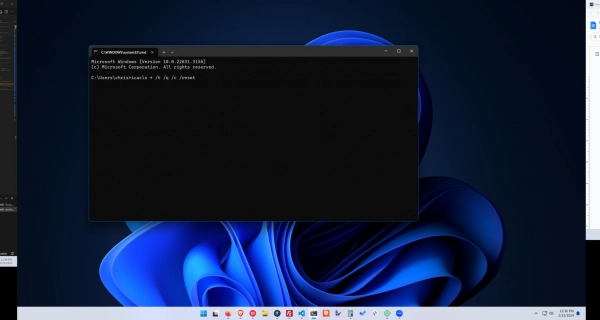
6. Check and Free Up Hard Drive Space
A nearly full hard drive can slow down the computer. A general rule is to keep at least 15% of your hard drive space free. Check and delete unnecessary programs or files to free up space.
Mac: Go to Finder > Applications > Utilities > Disk Utility and select the hard drive to check. You can also use Siri to check disk space.

Windows: Use Disk Cleanup by searching in the Start menu. This tool will list files that can be deleted, such as temporary internet files or old downloads.
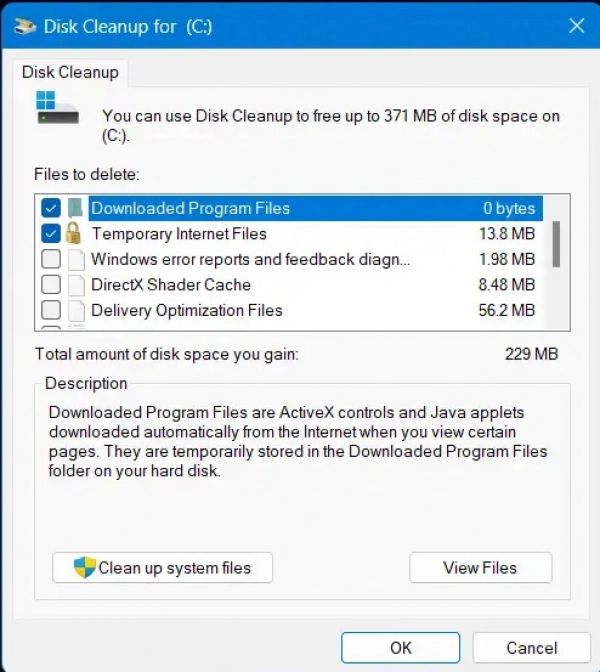
7. Delete or Remove Large and Unnecessary Files
Temporary files, cache, and cookies from browsers can take up a large amount of hard drive space. Periodically delete unnecessary files to free up storage space.
Mac: Delete unnecessary files from the desktop, downloads folder, and clean up the junk folder in the Mail app.
Windows: Use Disk Cleanup or other disk cleaning software to remove unnecessary files and optimize performance.
8. Back Up Data Regularly
Backing up data helps free up space and protects your important files. You can back up data to external drives, cloud storage services (Google Drive, Dropbox, iCloud, etc.), or storage devices like flash drives, CDs, or DVDs.
9. Update Your Drivers
Drivers control your computer programs and need to be updated to provide the best possible performance. If your drivers do not update automatically, they can cause performance issues. Here’s how to check and update them.
Mac: Go to Apple menu > System Preferences and find the Software Update option. For apps from the App Store, go back to the Apple menu and check if there’s a number next to the App Store option.
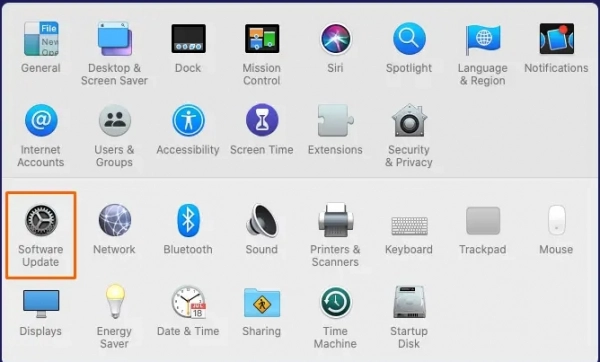
Windows: These usually update automatically when you update Windows, so start by checking there. Go to Start > Settings > Windows Update > Check for updates and follow the prompts. To check each program driver individually, type “device manager” into the Windows search and open Device Manager. You will see groups of applications that you can explore — right-click on each name you want to check and click Search automatically for updated driver software.
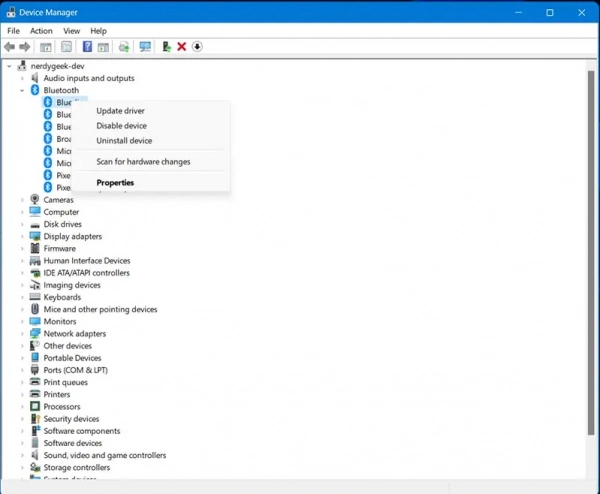
10. Prevent Unnecessary Programs from Starting Up
When you start your computer, you may notice other programs initializing, which can cause your computer to take longer to start up and run slowly afterward. Here’s how to fix a slow computer startup by preventing programs from launching automatically.
Mac: From the Apple menu, go to System Preferences > Users & Groups. Here, you’ll see a list of startup items for your profile. Find the programs you want to prevent from auto-starting and click the minus sign (-) to remove them.
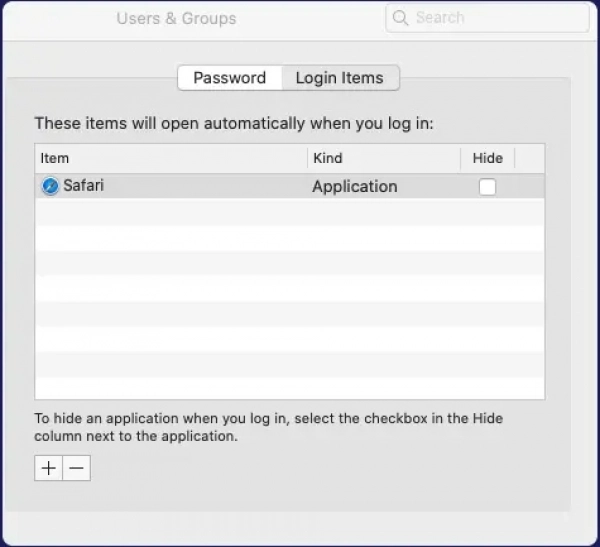
Windows: Press Windows + I to open Settings > Apps > Startup — from here, you can see which programs open at startup and turn off any programs you don’t want to launch automatically. For older Windows versions, open the Start menu and search for msconfig. Choose Startup to view a list of all programs running at startup and deselect any unnecessary programs.
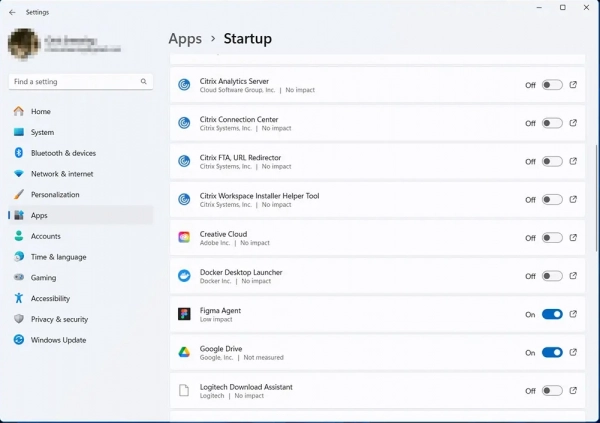
11. Check and Upgrade RAM if Necessary
RAM is crucial for handling multiple tasks simultaneously. If your computer lacks RAM, performance may slow down.
Mac: Use Activity Monitor to check RAM usage. If the graph shows a lot of red and yellow, you may need to upgrade RAM.
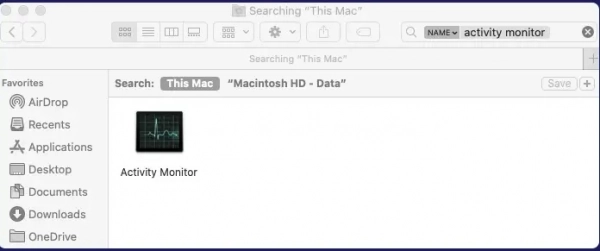
Windows: Use Task Manager (Ctrl + Shift + Esc) to check memory usage. If available memory is below 25%, consider upgrading your RAM.
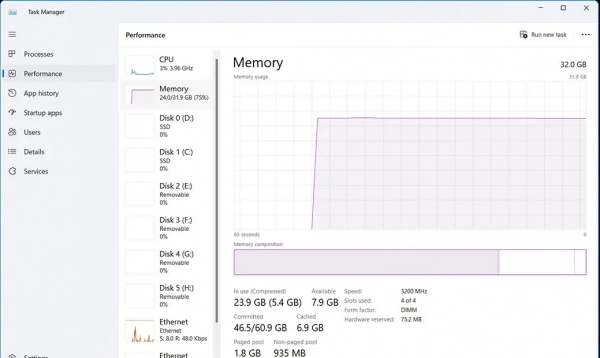
12. Monitor CPU Usage
Your activity or resource monitor will show which programs are consuming the most memory and using the most CPU or central processing unit.
Mac: Open Activity Monitor by searching or launching Launch Pad and searching for “activity monitor,” then open the program. (You can also ask Siri to do this.) Sort by the % CPU column to see which program is at the top. If any program uses more than 50%, it is likely slowing down other programs. Make your computer faster by removing resource-intensive applications and using faster alternatives or ensuring all other programs are closed when using that application.
Windows: Press Windows + R, then type “resmon.exe” into the open box of the window that appears. Check the percentage CPU Usage and click on the Applications tab to see which apps use the most memory. Remove and replace high-CPU applications or open them without running any other unnecessary programs as needed.
13. Disable Visual Effects
Windows users may have some visual components that reduce performance, such as cursor shadows, animations for taskbars, and fades for closing or minimizing windows. These additions look sleek but are unnecessary. If you care more about performance than a sharp appearance, try disabling them.
Run a Windows search, then type sysdm.cpl to launch System Properties. Go to Advanced > Performance > Settings. Click the option Adjust for best performance or filter through and turn off specific components that are not important to you.
14. Repair Disk Permissions
If you lack the correct permissions to run, you may experience issues with basic operations on your computer. You should repair disk permissions every few months to avoid disk problems.
Mac: Go to Applications > Utilities > Disk Utility and select your startup disk. Choose First Aid and select Repair Disk Permissions. This will scan your hard drive’s permission settings to ensure only users can access files and applications have permission to do so. Restart your computer after completing this process.

Windows: Be cautious with this solution, as it could potentially make your system inaccessible. It is best to consult with a tech professional first. Press Windows + S. In the next window, type CMD, choose the option Run as administrator, then review and accept the prompts. In the following field, type icacls * /t /q /c /reset and press Enter. Then restart your computer.
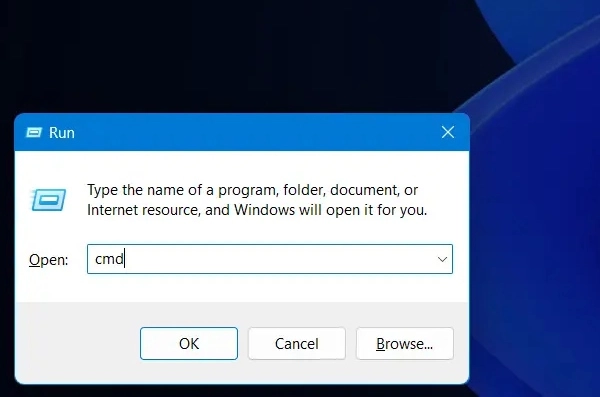
Signs Your Computer May Be Infected with a Virus
After completing the above measures to help speed up your computer, you should see a positive difference in performance. However, if your computer remains slow, your device may have been infected with a virus. Here are the top signs your computer may be facing a more serious issue:
- Unexpected pop-ups keep appearing.
- Your hard drive is overworking (even after deleting excess files).
- Your computer is slow to boot up.
- You find yourself running out of storage space.
- You are missing files.
- Your computer programs keep crashing.
- Your web browser is slow.
It is important to practice safe browsing. If you suspect your computer may have been compromised or cannot identify the issue yourself, you can contact your operating system’s support team. They can help determine the problem with your system or may ask you to bring in your device for further inspection.
How to Maintain Stable Performance for Your Computer?
The best way to maintain your computer’s performance is to regularly implement the above steps, install robust antivirus software, and keep your operating system and applications up to date. These practices not only help your computer run more efficiently but also protect it from potential threats and vulnerabilities. By following these guidelines, you can ensure a smoother, faster computing experience and extend the lifespan of your device. Regular maintenance and timely updates are key to preventing performance issues and keeping your system in optimal condition.
Submit feedback
Your email address will not be made public. Fields marked are required *
Search
Trend
-
What is Black Myth: Wukong? Detailed Guide on System Requirements and Gameplay
08-21-2024 . 1k view
-
The simplest and fastest way to log into the Chinese TikTok, Douyin.
01-10-2022 . 1k view
-
Call of Duty: Black Ops 6 - Intense, Mysterious, and Surprising Warfare
09-02-2024 . 976 view
-
Blog sites that will accept AI generated content
07-26-2024 . 946 view
-
The "End of Life" for Windows 10: A Massive E-Waste Threat and Sustainable Solutions
08-18-2024 . 917 view






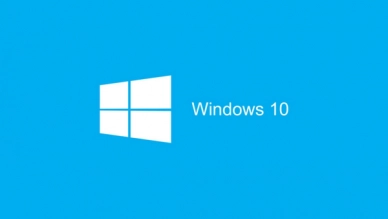

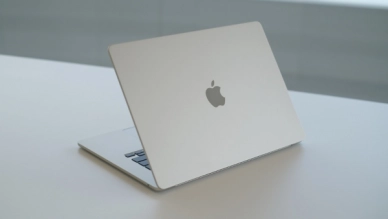

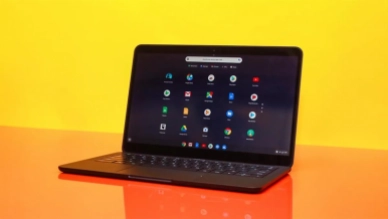
0 feedback